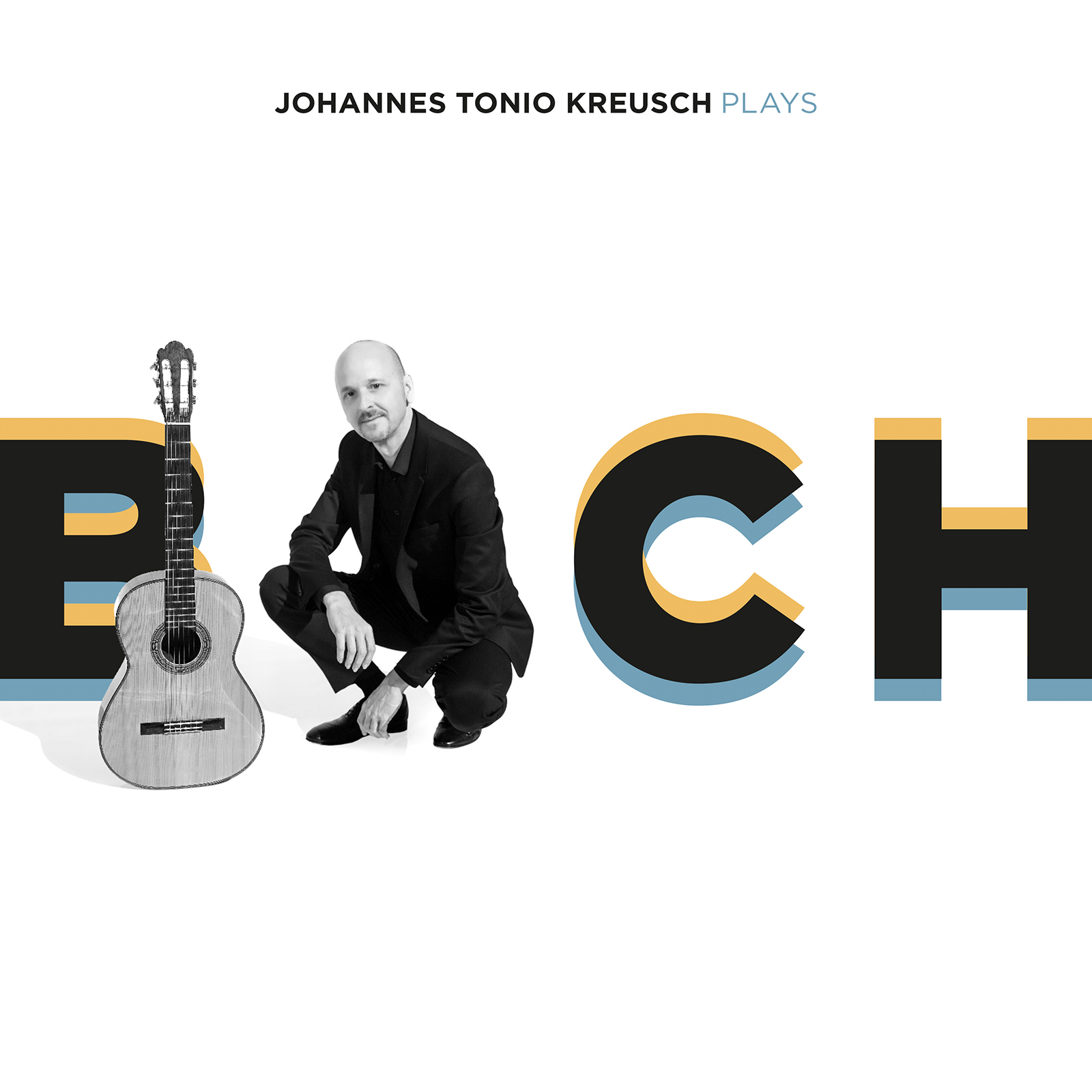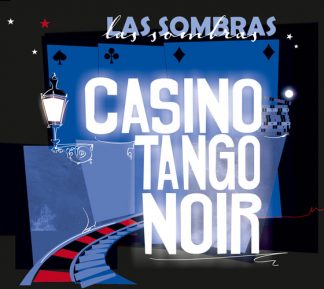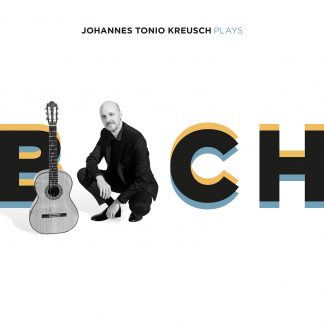Description
Johannes Tonio Kreusch – guitar
Johannes Tonio Kreusch Plays Bach” closes a circle. The 51-year-old, who today is one of the most renowned classical guitarists, guitar didacts and festival organizers, had first practiced purposefully as a teenager – “when I discovered how beautifully Bach sounds on the guitar,” as he reports. And when he first studied philosophy at the beginning of his career, it was Bach again that led the then 24-year-old Kreusch back to his instrument and into studies at Salzburg’s Mozarteum and New York’s Juilliard School. “Johannes Tonio Kreusch Plays Ginastera, Bach, Brouwer” was the title of the debut album by the then 23-year-old guitarist.
Which also hints at where Kreusch then swarmed out to: South American and Latin American music became his specialty. He established himself with his groundbreaking interpretations of Heitor Vil-la-Lobos; “El Manisero” is the name of his CD released last year, which he recorded as a duo with the recently deceased, legendary Brazilian colleague Carlos Barbosa-Lima, who thus left behind a final legacy of genius. In the meantime, however, his range became broader step by step, experi-ments with timbre and improvisation were added more and more, as on his fantasy “Siddhartha”, inspired by Hermann Hesse. It is only logical that Kreusch now finds his way back to Bach, as Glenn Gould once said: “My love for Bach made me become a musician. Because the formal and emotional expressiveness of music begins and ends with Johann Sebastian Bach. Because he can be interpreted in so many different ways like perhaps no other composer, as a look at the sometimes diametrically opposed recordings from Gould to Gulda proves.
For guitarists, the scope is even greater. Logically, Bach was not able to write anything directly for this instrument, which was only developed later, and there are also only a few entries for the relat-ed lute in Bach’s catalog of works. This makes it all the more attractive for creative guitarists to tack-le transcriptions for Bach’s magical music. Not without reason Bach is one of the most played com-posers in the classical guitar world.
Of course, freedom in music also means responsibility. Just as in jazz an arrangement provides the basis for free interplay and soloistic development, so too with Bach one must make sure of the master’s intention in order to find one’s own expression. Hardly anyone takes this kind of accuracy and thoroughness more seriously than Johannes Tonio Kreusch. “Source research is an important prerequisite for a well-founded transcription,” he says. “By studying the surviving sources, one enters into a dialogue with a composer as if in dialogue. And this usually opens up unexpected ho-rizons and new ways of looking at things.” His recordings of Heitor Villa-Lobos set standards be-cause he scrutinized the composer’s manuscripts. And this is exactly how he approaches the inter-pretation of the two lute suites BWV 997 and BWV 996 for “Johannes Tonio Kreusch plays Bach.
No autographs, i.e. manuscripts of notes by Bach himself, have survived of either suite, but rather several sources, in the case of BWV 996, for example, three. Manuscripts by Bach’s cousin Johann Gottfried Walther, for example, or manuscripts by Bach’s students. Kreusch did not rely on one version, he consulted all available ones in order to come as close as possible to Bach’s musical idea including the best transfer to the guitar. Once he had identified the “right” expression for him, Kreusch implemented it with everything at his disposal. Guitar techniques such as harmonics, ar-peggios, cross-string ornamentation or campanella lead far beyond conventional ornamentation techniques. And as if Bach’s polyphony, his fugue technique and counterpoint were not technically demanding enough, Kreusch also adds his own harmony and chord accents.
Thus Kreusch succeeds in bringing to life the entire sonority of Bach’s universe on the guitar, from the sustained and subdued sound of the “German dance” (which is what Allemande means) to the cheerful buoyancy of a Courante, for example, to the exhilarating effects of frenzied tempo. Last but not least, the sacred to somber drama that is also in Bach’s music.
But Johannes Tonio Kreusch goes far beyond a pure “ideal” Bach interpretation on this album. He begins with a “Pavane” composed by Luis de Milán: after all, the Pavane was the precursor of the Allemande, with which suites usually began in Bach’s time. Bach himself had already introduced such a prelude by having his suites usually begin with a prelude – as is the case with these two lute suites. And completely in the spirit of the great improviser that Bach was (“the first jazzman”, as is often said), Kreusch adds his own improvisation to both suites. No polished Bach variations, but very own, modern pieces. “Transparent Moments,” for instance, is an impressionistic fantasy that doesn’t shy away from proximity to modern folk music. And in “Starry Sky” a flowing thought breaks through serially, which brings the album to an end.
“Johannes Tonio Kreusch Plays Bach”, this album, thanks to the conscientiousness, intelligence and virtuosity of the interpretation, stands for the timelessness and imperishability, for the topicality and future of the music of Johann Sebastian Bach. And those who are not interested in meaning and classification can here simply enjoy its beauty in perfection.






Reviews
There are no reviews yet.